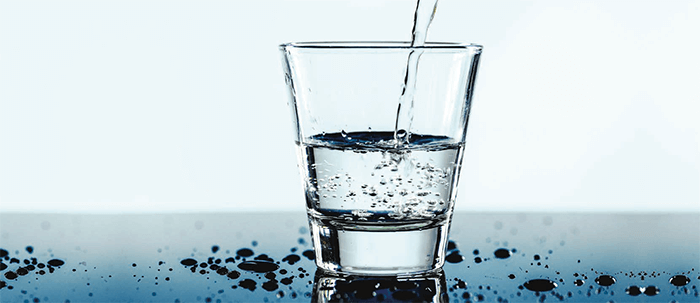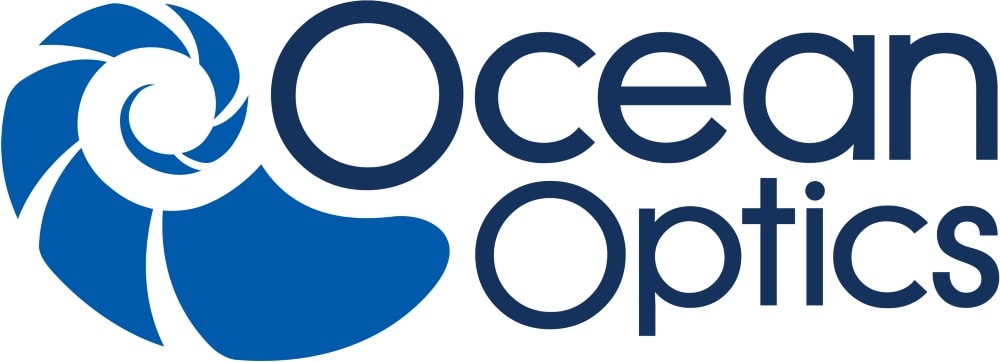Challenge
Highly precise high-throughput analysis of 21 elements (+4 internal standards) in drinking water according to U.S. EPA 200.8.
Solution
The unmatched sensitivity of the PlasmaQuant® MS enables fastest and most precise analyses resulting in lowest cost per sample.

Introduction
Drinking water is the world‘s most important resource and most consumed food. Quality control for drinking water is regulated by international and national regulations and norms. For example, the U.S. Environmental Protection Agency (EPA) has released the Method 200.8 which specifies criteria for the determination of trace elements in waters and wastes by ICP-MS. In Europe, the Council Directive 98/83/EC of 3 November 1998 specifies quality criteria for water intended for human consumption. The analyses are carried out internally by producers and water suppliers or externally by contract labs in order to guarantee safe products free from toxic contaminations. Almost all analyses offered by contract labs follow regulations and standards in order to harmonize the measurement procedures. For those labs requiring high sample throughput each day, not only accuracy, precision and robustness of the method chosen are important but especially the speed of analysis matters. The more samples that can be analyzed per hour, the lower the cost per sample.
Fast sampling systems were developed for ICP mass spectrometers, dramatically decreasing sample uptake time and thus total analysis time per sample1. The limiting factor is no longer the supply and rinsing time of the sample, but the measuring time that depends on the number of elements to be analyzed. However, reducing the data acquisition time will directly affect the precision of the results as less averaging is possible due to the time constraint. Therefore, precision is the key parameter for the evaluation of high-throughput methods.
Using Analytik Jena’s patented iCRC technology for interference removal, we demonstrate the measurement of 82 drinking water samples per hour with 21 elements (+4 internal standards). Even with this high sample throughput, highly precise results were achieved (average RSD <2.2 %) according to the U.S. EPA 200.8 regulation. Due to the robustness of the method and the unmatched sensitivity of the PlasmaQuant® MS, an even higher precision with an average RSD of 1.5 % is demonstrated at a very competitive throughput of 60 samples per hour. In combination with the lowest argon consumption on the market, this translates into lowest cost per sample.





